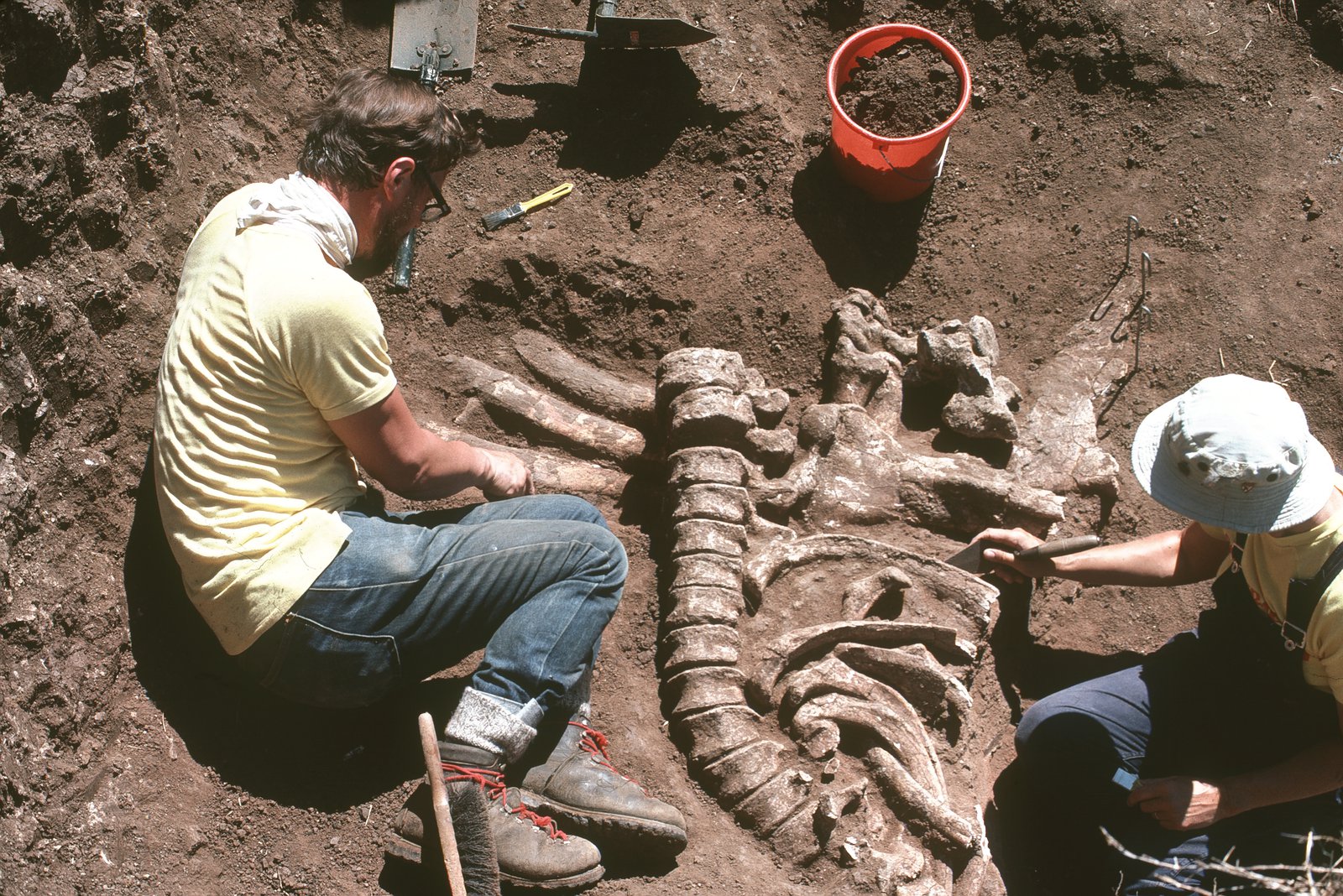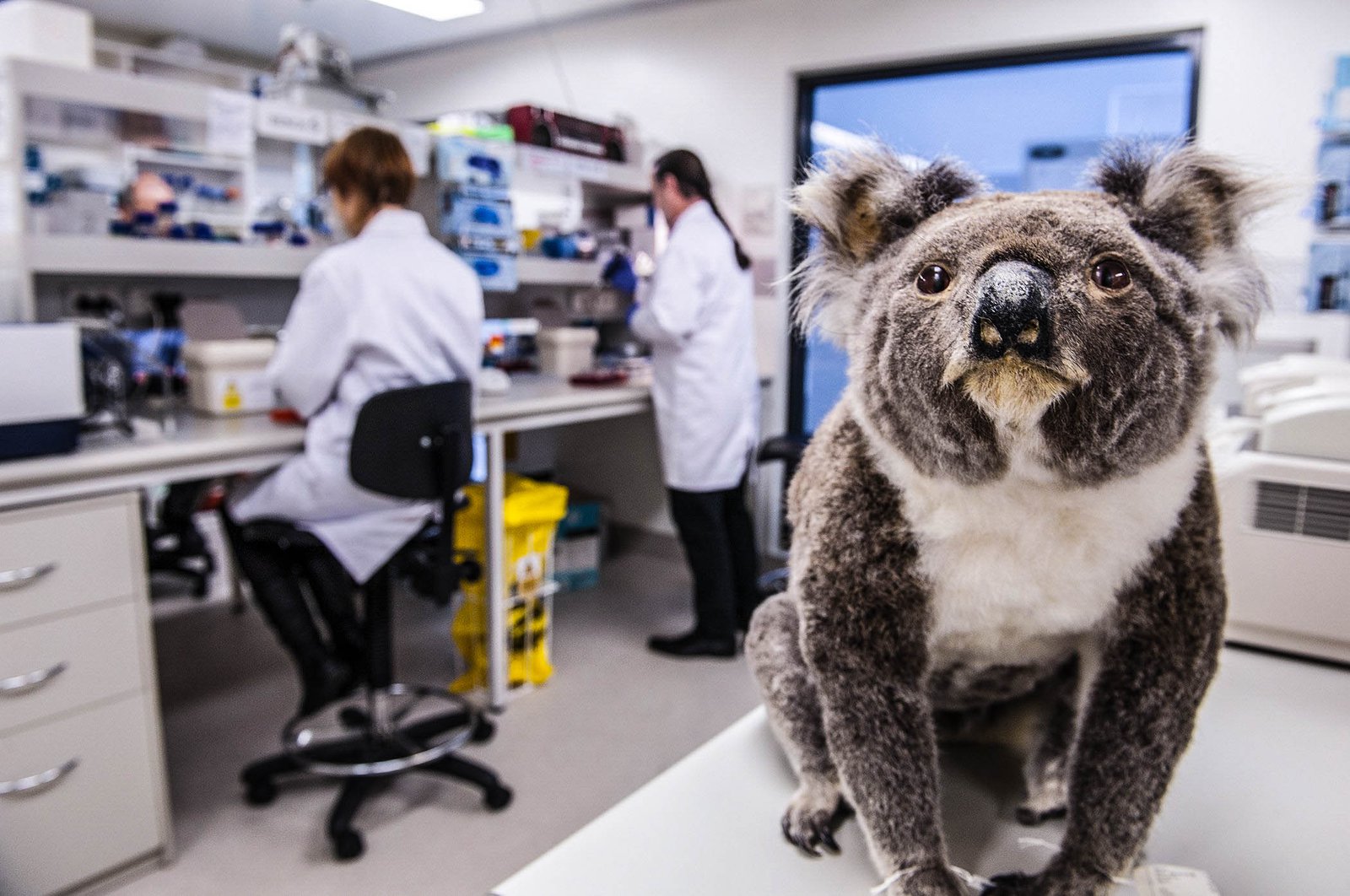Recent decades have transformed our understanding of marsupial evolution
To celebrate the centenary of the American Mammal Society, we were invited to summarise the major advances in our understanding of marsupial classification and evolution over the last 25 years.

Greater Bilby (Macrotis lagotis)
Image: Howard Hughes© Howard Hughes
Living marsupials have fascinated Western science ever since their discovery in the 16th and 17th centuries. This fascination is due to their ancient evolutionary divergence from eutherian mammals (at least 125 mya), their current almost exclusively Gondwanan distribution, their distinctively specialized reproductive biology, and the many examples of morphological and ecological convergent evolution between marsupials and eutherians. Although modern marsupials are confined to the Americas and Australasia, their fossil relatives (metatherians) are known from every continent.

© Anne Musser
Today, marsupials are more diverse in Australasia (Australia, New Guinea, and Wallacea) than they are in the Americas. While 18 major marsupial groups (termed families), and >248 species occur in Australasia, only three families, and >111 species occur in the Americas. In the Americas, most diversity is found in South and Central America; with only a single species (the Virginia Oppossum Didelphis virginiana) occurring north of Mexico. In addition, both Australasia and South America once hosted a far more extensive marsupial fauna, now known only from fossils.

© Australian Museum
In this recent publication, we review the progress that has been made over the last 25 years in our understanding of marsupial relationships, classification (i.e. taxonomy) and evolution. Much of these advances have been driven by the deployment of increasingly sophisticated genetic, morphological, and combined (genetic and morphological) analyses, which have resolved most previously disputed relationships among and within the major lineages of modern marsupials. A broad consensus of marsupial relationships is now emerging, although several areas of contention remain.

Genomic analysis of marsupials such as koalas at the Australian Museum
Image: Stuart Humphreys© Australian Museum
In addition, we have continued to discover new marsupial species. In the last 25 years, almost 50 new living marsupial species (and subspecies) have been described from Australasia and South America, and it is increasingly apparent that many more await formal scientific discovery.
There has also in the last 25 years been an explosion in the discovery and description of fossil marsupials and non-marsupial metatherians (~270 species), principally from Australasia and the Americas but also from Antarctica, Europe, and Asia. These discoveries have dramatically expanded our understanding of marsupial diversity and the ecological niches they once filled.

© Australian Museum
Although many fossils are represented by teeth or jaw fragments, some recently discovered fossils have been largely complete, well-preserved skulls and skeletons, which has led to major improvements in our understanding of the evolution of marsupial morphology. Improvements in the fossil record and advances in methods for inferring divergence times have helped clarify when and where key evolutionary events occurred. We also have a much improved understanding of biogeographical relationships on the different landmasses.
Despite the enormous progress, some key uncertainties remain due to major gaps in the fossil record (e.g. Antarctica, late Cretaceous and early Paleogene of Australia) and a comparative lack of studies that directly combine molecular and fossil data. Future advances will largely depend on improvements in the fossil record and studies that better integrate all the available evidence.
Dr Mark Eldridge, Principal Research Scientist, Terrestrial Vertebrates, Australian Museum Research Institute
More information
- Eldridge, M.D.B., Beck, R.M.D., Croft, D.A., Travouillon, K.J. and Fox, B.J. 2019. An emerging consensus in the evolution, phylogeny and systematics of marsupials and their fossil relatives (Metatheria). Journal of Mammalogy 100: 802-837.









